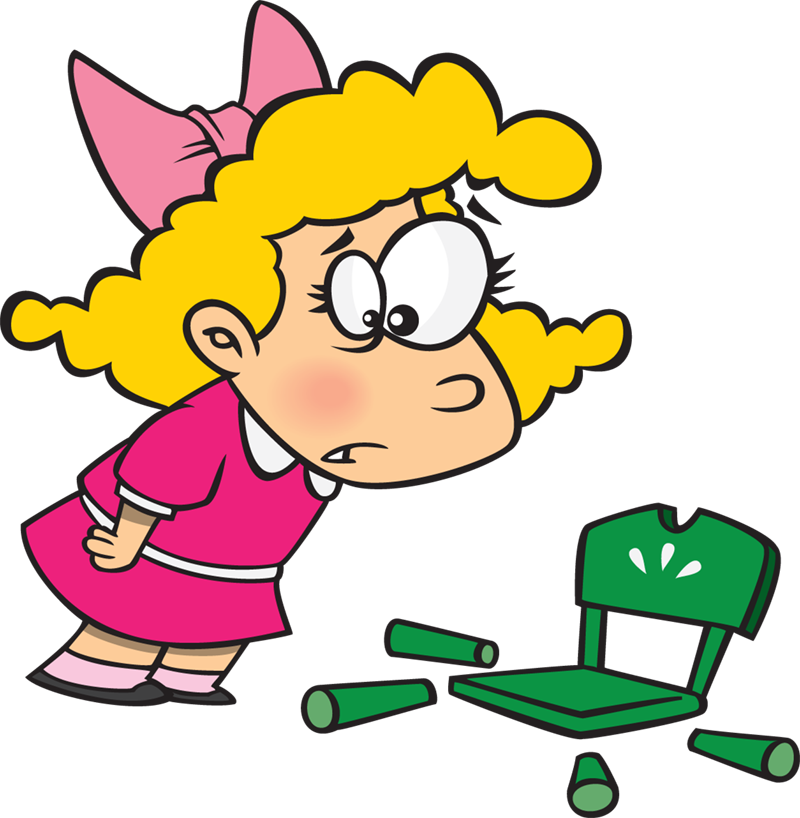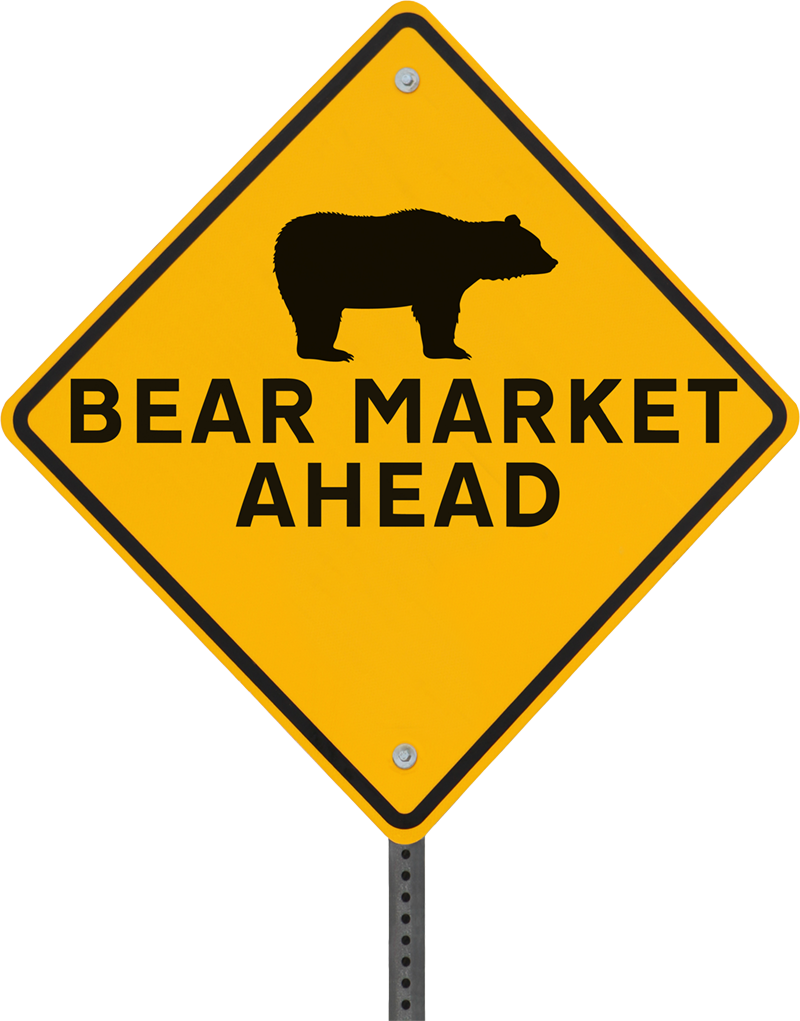Answers to
Practical Questions
Goldilocks and the Three Bears
I am sorry, but this story takes fifteen minutes to tell. I know that is a lot to ask, but the story offers crucial survival tips that could very well have a major impact on an investor’s life! So please “bear” with me:

There once was a stock market called Goldilocks. She started her most recent ascent way back in March 2009, at the depth of the financial crisis, and since then has risen almost 300%.
Now, approaching the end of 2017, Wall Street pundits are dusting off their regression models, algorithms, and pixie dust to provide a consensus forecast that, in 2018, stocks (i.e., Goldilocks) will rise a further 7.7% from today’s levels. But WAIT! Back in the fall of 2007, these same “strategists” projected a stock market increase of 11% for 2008, whereas in fact, the stock market DROPPED 39% in 2008.
The North American markets are at, or near, all-time highs, and although the “strategists” forecast a further 7.7% rise, neither Goldilocks, the “strategists” nor I really know where the market is going next year.
As Goldilocks takes a random walk down Main Street, she knows she will eventually encounter one of the three types of Bears. This article provides key survival tips for an encounter with each of the three types of Bears:
Black Bear
If Goldilocks (or you) encounter a black bear, the odds are better if you do the following:
Don’t try to climb a tree. Stand your ground, and make lots of noise.
Use the pepper spray you keep in your coat pocket (which also works on weirdos downtown).
If a black bear charges, fight back – go for the eyes (really – not kidding here, this is life or death we are talking about).


Brown (Grizzly) Bear
Do NOT run.
Pull out your pepper spray and let ’m have it. Whoops, your pepper spray is in your other coat? Well I am not sure I like your chances; but drop, curl up into a fetal position, put your hands on the back of your neck, do your best “I am dead impression,” or, well, you will be.
But the scariest Bear of all is the:
Stock Market Bear
An investor that has not yet not experienced a Stock Market Bear will find it more problematic than a simple black or brown bear, which merely causes physical pain. Stock Market Bears are much more devastating, because they can cause mental and emotional pain so severe that it can lead to physical pain (sometimes inflicted by a spouse).
A Stock Market Bear emerges when the stock market drops at least 20%. Bigger Bears can cause the market to drop 50%. Bear attacks can last from a couple of months to a few years. The last Stock Market Bear attack was in 2008/2009, when the TSX dropped 45% in nine months! Pretty scary, but remember the TSX fully recovered three years later, and has gone on to set new all-time highs. The only real losers during the last Bear attack were people who sold their investments during the downturn.

YOU CANNOT AVOID A STOCK MARKET BEAR! But luckily, there are several key survival tips that allow an investor to manage through an encounter with a Stock Market Bear:
Summary
Goldilocks knows that Stock Market Bears are always lurking, and they will attack at some point. But she also knows that the Bears eventually grow tired and move on, allowing Goldilocks to fully recover, and move onto new highs.
The “strategists” are expecting 2018 to be another “good year,” but as 2008 has proven, they can be dead wrong.

So, an investor needs to be mentally prepared to survive the next Stock Market Bear attack:
TheAnswerIs.ca investors know they SHOULD EXPECT multiple Bear attacks, but since they are invested for a minimum of 10 years, preferably much longer, there is no need to panic and sell while the Bear is attacking.
Visualizing what a Bear attack can do to a well-diversified, all-equity portfolio is not pretty. But an investor can train themself not to panic because they have “seen this before.” They can keep their promise to themself not to sell large-capitalization, well-diversified ETFs with a minimum of five years of trading history during a Bear attack. In fact, an investor should consider redoubling their determination to keep their periodic purchases of additional ETFs.
As Warren Buffett points out, for a net saver over the next five to ten years, Bear market volatility is their friend, not their foe! When, not if, the next Stock Market Bear attacks, remember the following:
An investor can take comfort in knowing that the dividend income from their large-capitalization, well-diversified ETF portfolio with a minimum of five years of trading history will decline less than the value of their ETF units will. Therefore, they can tell themselves they are being paid to wait for the Bear to get tired and move on.
Future stock market returns for new ETF purchases made during and immediately after the Bear attack will be higher than they were before the Bear attack.
At the end of a Bear attack, dividend yields are higher than they would otherwise be, which means that an investor will get more bang for their buck.
SCARED OF THE STOCK MARKET BEAR? READ THIS!
If all this talk of volatility and significant ETF unit price drops rattles an investor to the point where they may think they might not be able to survive a Stock Market Bear attack, then GOOD! Because that investor still has the time to adjust their portfolio by introducing significant fixed income into their portfolio before the next Bear attack. Just remember that there is no free lunch and that reduced volatility, i.e., “safety,” has a very high price! An investor with a long-term investment horizon who shifts from an all-equity portfolio to a portfolio composed of 50% equity and 50% fixed income could easily reduce their long-term average portfolio return by 2% per year. While this may not sound like much, their portfolio WILL be 50% LOWER than an equity portfolio would otherwise be in 40 years.
TheAnswerIs.ca Good Investor’s Bear Market Creed
A Good Investor does not panic. The money they have set aside for long-term investment is there for a minimum of ten years, and preferably much longer. They know Stock Market Bear attacks are NORMAL and to be EXPECTED. The Bears come, they attack, they get tired, and they move on. During a Bear attack, a Good Investor will NOT sell their large-capitalization, well-diversified ETFs that have a minimum of five years of trading history from their long-term investment portfolio. If possible, the Good Investor will continue making periodic ETF purchases, as everyone else is selling. As the Bear continues to attack, a Good Investor may at times feel mentally and physically sick, but they need to remember that after the Bear attack, Goldilocks, (i.e., the Market) will serve up higher dividend yields and higher total returns on their new ETF purchases made during and immediately after a Bear attack. A Good Investor will take a deep breath and stay calm, just like Goldilocks has been doing for the last 120 years.

